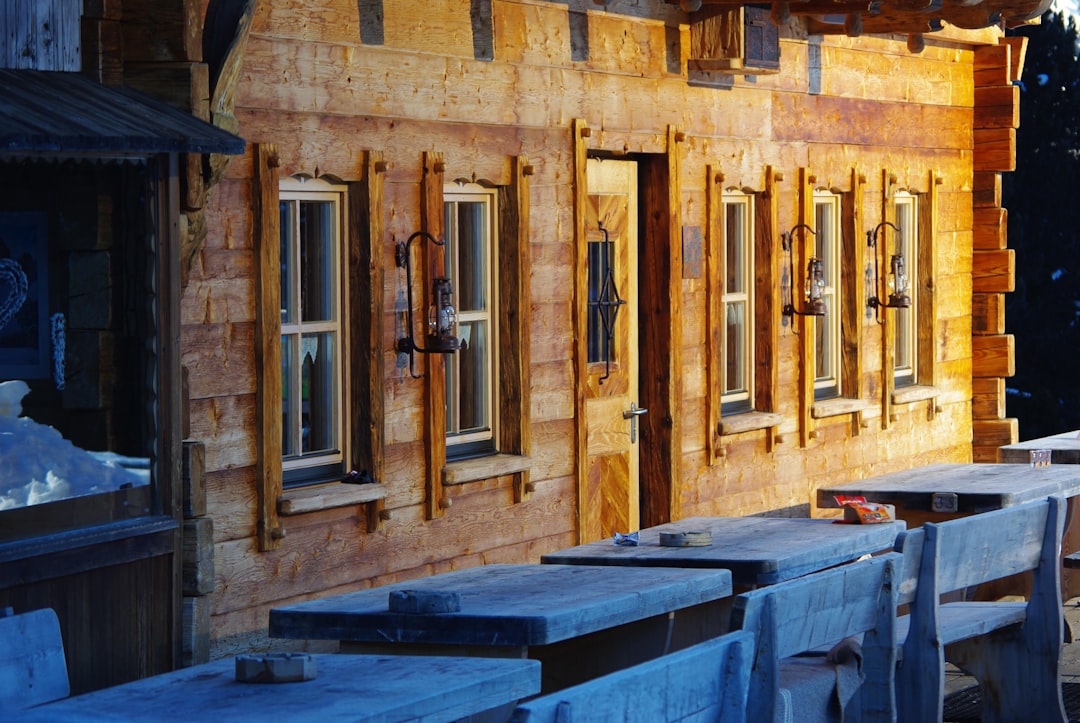Understanding Residential Hood Installation Costs for Professionals
For construction professionals planning a kitchen renovation, understanding the costs of hood installation is crucial. Current market rates for a standard 30-inch wall hood range from $950 to $1,400, while a 42-inch island hood with new ductwork can cost between $2,100 and $3,000. These figures are based on live supplier feeds and regional data, ensuring accuracy for your projects.
Key Cost Drivers in Hood Installation
Several factors influence the cost of hood installation:
- Hood Type and Size: Wall-mounted, island, downdraft, or custom mantel pieces each have different costs.
- Duct Run Complexity: Longer runs with multiple elbows increase labor and material costs.
- Electrical Requirements: Adding circuits or relocating wiring can raise expenses.
- Finish Level: Options like stainless steel or custom cabinetry affect both material and labor costs.
- Existing Conditions: Issues like plaster demolition or asbestos abatement can add to the budget.
Why Accurate Estimates Matter
Many online calculators provide a single national average, ignoring local labor markets and supply-chain shifts. CountBricks offers precise estimates by considering:
- Voice-to-Estimate Capture: Records exact dimensions for accurate planning.
- Real-Time Materials API: Adjusts pricing as commodity costs fluctuate.
- Integrated Permit Databases: Flags code requirements to prevent unexpected costs.
CountBricks Estimating Workflow
- Site Walk: Foreman narrates dimensions; AI transcribes to digital takeoff.
- Material Mapping: Matches duct diameter, dampers, and hood model SKUs.
- Labor Algorithm: Uses regional wage tables and historical productivity rates.
- Client-Ready Quote: Provides a detailed scope, allowances, and timeline.
Hidden Costs to Consider
Professionals should be aware of potential hidden costs:
- Makeup Air Kits: Required for units over 400 CFM.
- Roof-Cap Upgrades: Necessary when existing vents are undersized.
- Painting and Drywall Repair: Needed around new chase framing.
- Disposal Fees: For old hoods with grease residue.
Managing Budget Risks
CountBricks helps control budget risks with:
- Transparent Allowances: Separates appliance cost from labor.
- Live Change-Order Tracking: Updates budget instantly with scope changes.
- Supplier Integrations: Alerts you to price spikes and suggests alternatives.
Real Project Example
A Brooklyn brownstone renovation required a 36-inch island hood retrofit with a 20-foot duct run. CountBricks estimated $2,650, and the final invoice was $2,643, demonstrating our accuracy and efficiency.
Pro Tips for Construction Professionals
- Confirm CFM requirements before purchasing appliances.
- Ensure existing wiring is rated for the hood's amperage.
- Schedule rough-in inspections early to meet permit requirements.
- Include finishing costs in the initial budget.
Get a Precise Quote
For accurate, data-driven estimates, visit CountBricks today.
CountBricks Craftsmanship: Beyond the Numbers
CountBricks not only provides accurate estimates but also ensures top-notch craftsmanship. Here's how we turn estimates into flawless installations:
Efficient Field Coordination
- Pre-fabricated duct sections are laser-measured for precision, reducing on-site cuts and speeding up installation.
- Electricians receive auto-generated circuit maps, minimizing downtime and preventing last-minute upgrades.
Quality Assurance at Every Step
- Rough-In Inspection: AI cross-checks duct slope and hanger spacing against standards.
- Pre-Hood Install: Verifies cabinet clearances, ensuring readiness for delivery.
- Final Airflow Test: Anemometer readings are uploaded to the cloud for warranty documentation.
Seamless Client Communication
- Daily photo logs and progress updates are available in the client dashboard.
- Clients can request design tweaks via voice note, with real-time cost updates.
The Result
CountBricks delivers vent hoods that perform beautifully and are installed on time and within budget. For comprehensive expertise, visit CountBricks.

